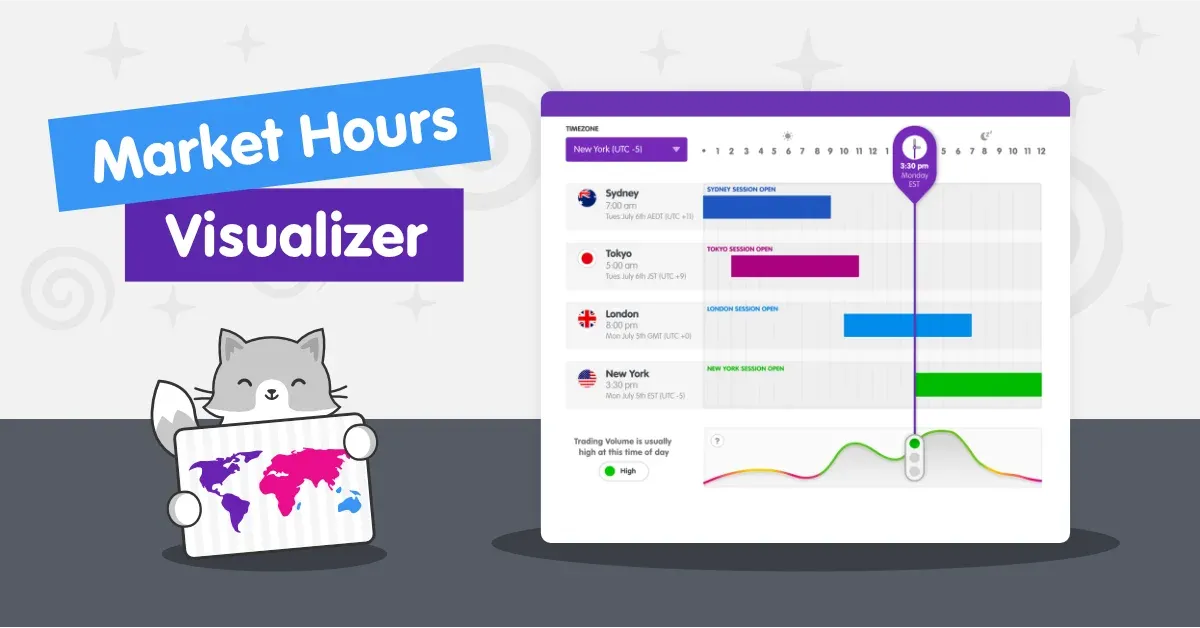Leverage is a critical feature in trading financial markets, and Exness provides its clients with flexible leverage options to maximize their trading potential. However, the key to successful trading lies in knowing when to apply leverage effectively. In this guide, we’ll explore the optimal conditions for using leverage, factors to consider before applying it, and practical strategies to protect your capital.
What Is Leverage in Trading?
Leverage is a trading mechanism that allows traders to control a larger position in the market with a smaller amount of capital. For instance, a leverage ratio of 1:500 means you can trade $500,000 with only $1,000 in your account. While leverage amplifies your profit potential, it also magnifies risks, making it a double-edged sword.
Exness offers a unique advantage by providing flexible leverage options, from low to high ratios, catering to beginners and professional traders alike.
When Should You Apply Exness Leverage?
Understanding the right moments to apply leverage can greatly improve your trading outcomes. Here’s a breakdown of scenarios and conditions when applying Exness leverage is most effective:
1. During High-Volatility Periods
Certain times of the day or week see heightened volatility due to market overlaps or significant news events. For example:
- Market Overlaps: Trade during the London-New York session overlap for higher liquidity and price movements.
- Major News Releases: Economic data like NFP (Non-Farm Payroll), FOMC (Federal Open Market Committee), or GDP reports create significant market swings.
High volatility provides more trading opportunities, and applying leverage during these periods can magnify profits. However, always pair it with sound risk management practices.
“Leverage during volatile sessions can work in your favor, but only if you have a solid trading plan,” advises Michael Reeves, a senior analyst specializing in forex markets.
2. When Trading with High-Confidence Setups
Before applying leverage, ensure you’ve identified a high-confidence trade setup supported by:
- Technical Analysis: Confirmed chart patterns, candlestick signals, or trendline bounces.
- Fundamental Analysis: Positive or negative sentiment reinforced by economic indicators.
- Risk Management: Set predefined stop-loss and take-profit levels.
By leveraging only on well-researched trades, you reduce the likelihood of emotional decision-making.
3. In a Stable and Liquid Market
Applying leverage in less volatile yet liquid markets, such as major forex pairs like EUR/USD or USD/JPY, can help mitigate risks. These assets experience smaller price fluctuations, making them ideal for conservative leverage users aiming for steady gains.
 Forex trading chart showing impact of leverage on positions
Forex trading chart showing impact of leverage on positions
4. Scaling Profitable Trades
One effective strategy is to apply leverage to scale into positions once your trade starts moving in your favor. For instance:
- Open with a modest lot size initially.
- Scale up using leverage after confirmation of a breakout or trend continuation.
This approach minimizes initial risks while leveraging your profit as the position gains momentum.
5. When Transitioning from Demo to Real Accounts
Traders moving from demo accounts often try high leverage without clarity on risks. To avoid pitfalls during this transition, start with low leverage ratios and only scale up as your confidence grows. If you’re wondering whether you’re ready to transition, check out our guide on When to Go Live from Demo Account.
Factors to Consider Before Applying Leverage
Leverage can be an excellent tool, but misusing it can lead to account blowouts. Here’s what you should evaluate:
Risk Tolerance
Gauge your capacity to handle losses without impacting your financial well-being. Use leverage ratios that align with your risk appetite.
Account Balance
Your margin requirements should reflect the reality of your account size. Traders with smaller accounts should avoid excessive leverage, as it leads to higher exposure and potential drawdowns.
Experience Level
- Beginners: Stick to lower leverage ratios (e.g., 1:50 or 1:100).
- Experienced Traders: Consider higher leverage as you can better navigate market conditions.
Market Conditions
Avoid applying leverage during thinly traded sessions or during uncertain market events, such as geopolitical instability or unexpected policy changes.
Protective Strategies When Using Exness Leverage
Even the best strategies can fail without proper safeguards. Here are some essential tips to protect your trading account when using leverage:
-
Utilize Stop-Loss Orders
Set tight stop-loss orders to prevent excessive losses if the market moves against your position. -
Avoid Overleveraging
Never use maximum leverage on every trade. A common rule is to risk no more than 1-2% of your total account balance on any single trade. -
Diversify Your Portfolio
Rather than putting all capital into one leveraged trade, split investments across different instruments, spreading the risk. -
Monitor Your Margin Levels
Always keep an eye on margin requirements to avoid unnecessary margin calls or stop-outs.
Conclusion
Knowing When To Apply Exness Leverage can significantly affect your trading performance. Use leverage strategically during high-confidence setups, volatile market periods, and stable trading environments. Equally important is exercising sound risk management and avoiding overexposure to protect your account balance in challenging market conditions.
By mastering these principles and leveraging Exness’s flexible options, you’ll position yourself for growth and sustainability in the financial markets.
FAQ About Applying Exness Leverage
1. What is the ideal leverage ratio for beginners?
Beginners should start with a conservative ratio, such as 1:50 or 1:100, to minimize risks while learning.
2. Can I change my leverage settings on Exness?
Yes, Exness allows its users to adjust leverage settings directly in the trading platform based on account type and balance.
3. How does leverage impact margin requirements?
Higher leverage reduces the required margin for trades, enabling you to control larger positions with less capital. However, it increases exposure to losses.
4. Should I always use leverage for every trade?
No. Use leverage selectively on high-probability trades with clear risk management plans.
5. Is it risky to apply leverage during news events?
While news events can generate profit opportunities, they introduce heightened risk due to unpredictable price swings. Always use caution and trade smaller lot sizes during these periods.
By understanding these key aspects of leverage, you can make informed decisions and trade with confidence on Exness. Stay informed, stay disciplined, and unlock the full potential of leveraged trading responsibly!



